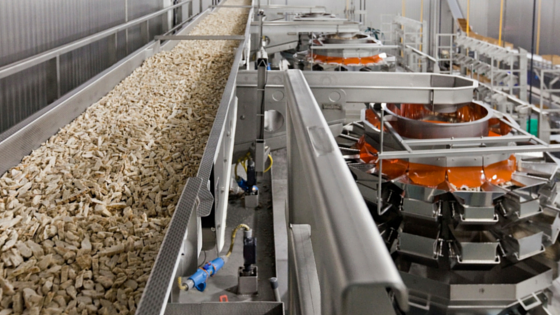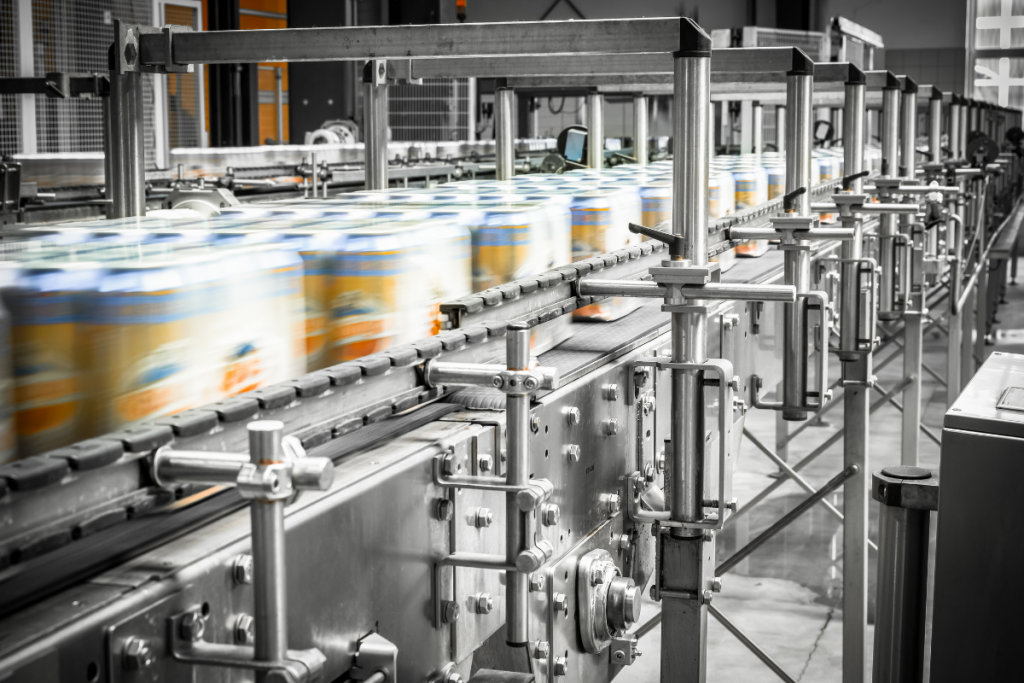What You Need to Know About USDA’s New Poultry Safety Measures
The United States Department of Agriculture’s (USDA) Food Safety and Inspection Service (FSIS) recently announced the finalization of new measurements to reduce Salmonella and Campylobacter in poultry and ground turkey products. Let’s review what you need to know as a poultry or turkey processor. Continue Reading “What You Need to Know About USDA’s New Poultry Safety Measures”








![[VIDEO] The Value of Working with a Fully Integrated Firm for Your Next Food or Beverage Project](https://stellarfoodforthought.net/wp-content/uploads/2017/05/FullyIntegratedVideo.png)



